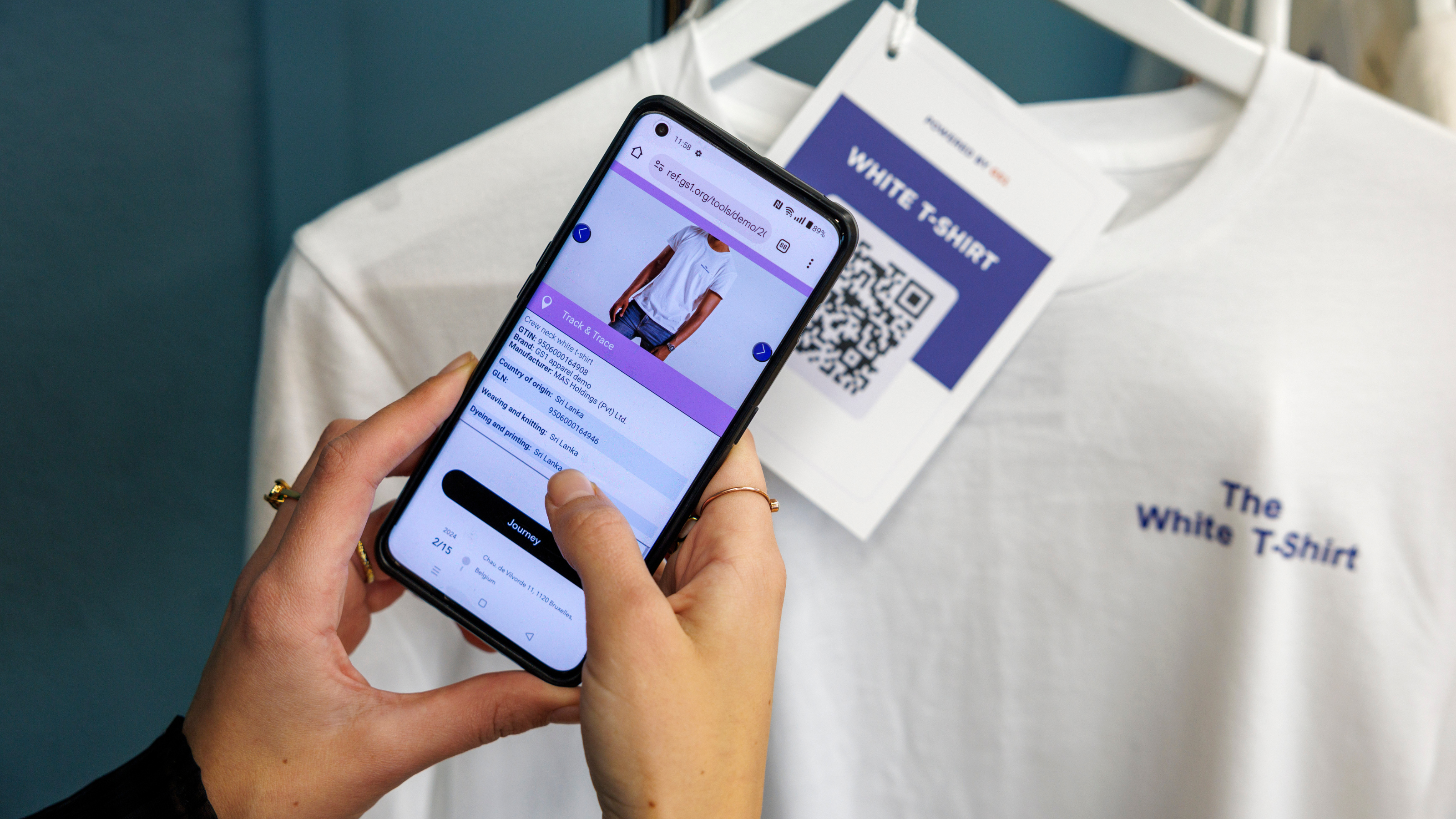What is a Digital Product Passport?
The Digital Product Passport (DPP) is a key component of the European Green Deal — the plan through which the European Union aims to establish a circular economy by 2050. A DPP provides detailed information about a product’s sustainability, such as material composition, origin, and recycling options. It helps users make more sustainable choices and supports the transition toward a circular economy. Eventually, all products placed on the European market will be required to have a DPP. However, textiles are among the first product categories, with implementation expected in 2027.
The legislation is not yet set in stone, but you can already start collecting data and creating DPPs to strengthen your market position. By taking action now, you can prepare your business for future regulations and benefit from the advantages of sustainable operations.
The 5-Step Plan
Step 1: Define Your Goals
A Digital Product Passport (DPP) offers an opportunity for businesses to become future-proof and create value for both consumers and other stakeholders. It serves as a foundation for new (circular) business models. By promoting transparency and sustainability, you can differentiate yourself in the market and attract consumers who value environmentally friendly products.
Step 2: Assemble a DPP Team
The Digital Product Passport will play a vital role for businesses, supply chain partners, consumers, and recyclers. It is a tool that helps all actors make more sustainable (and thus more conscious) choices. Therefore, involve not only the sustainability and IT managers but also purchasing and executive leadership. A well-composed team can streamline the implementation of the DPP and ensure that all relevant data is collected effectively.
Step 3: Identify the Data You Need
Start by mapping out where the necessary data is currently located within your systems and where you may still need to source it.
The data expected to be included in DPPs can generally be divided into four main categories:
1. Information to optimize product use and lifespan
This includes guidance on how to maintain, repair, refurbish, wash, and clean the product to extend its usability.
2. Information on how to recycle the product
What should you do when the product is no longer usable? The DPP provides details on where the product can be disposed of, how it can be disassembled, and ultimately how it can be recycled (or upcycled).
3. Information about the materials used in a product
The so-called Bill of Materials (BoM) goes beyond general terms like "plastics" or "metals." The level of detail in the BoM varies per company and product, but for all products it should at least include the origin of materials, percentages, whether materials are recycled, and the potential presence of hazardous substances.
4. Social information and impact metrics
While not yet mandatory, including social and environmental aspects of the supply chain can help consumers make more sustainable choices. This could involve certifications, audits, impact figures, CO₂ emissions, and water and energy consumption.
Step 4: Choose a Data System
Ensure that all relevant systems can easily record and exchange information. Don’t reinvent the wheel—make use of existing building blocks and the data infrastructure you already have in place, such as PIM, ERP, and DPP systems, as well as standardized product identification tools like GS1 product codes (GTINs) and QR Codes powered by GS1 with Digital Link. These systems support the efficient collection and sharing of product information.
Step 5: Use and Scale the DPP
Start small with one product, evaluate, learn, and then scale up. Use real-world examples to understand how DPP implementation works in practice. By scaling up the DPP, you can maximize its benefits and position your company as a leader in sustainability.
How Was the 5-Step Plan Developed?
The 5-step plan was created by the DPP expert group of ShoppingTomorrow, led by PwC and involving 35 manufacturers, retailers, and other experts. GS1 Netherlands sponsored the expert group and contributed substantively to the development of the plan. It is based on the latest insights and real-world examples to support businesses in implementing the Digital Product Passport (DPP).
Would you like to learn more about how to get started with the Digital Product Passport? Then check out the full 5-step plan via the button below.
Full step-by-step plan
Source: GS1




